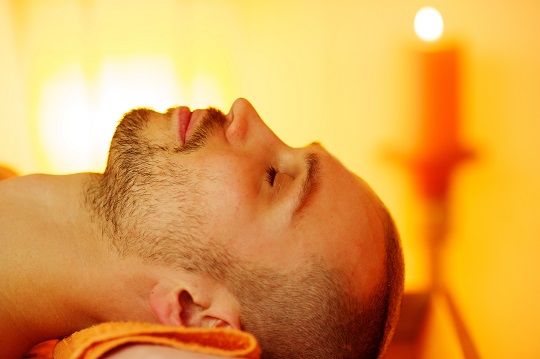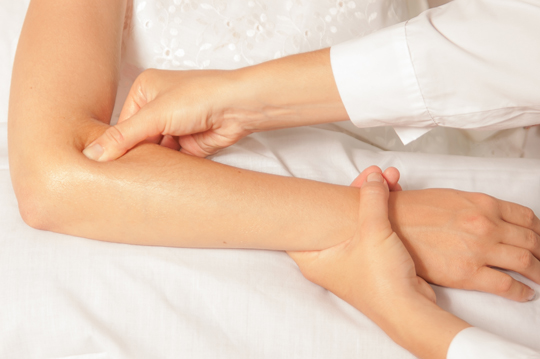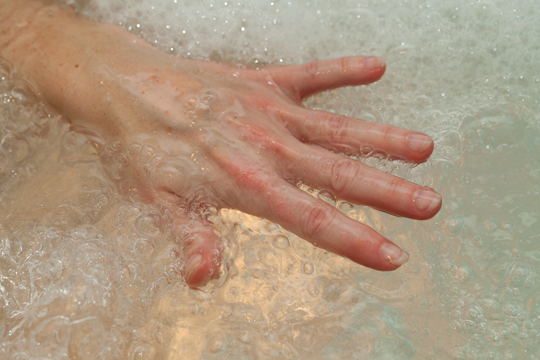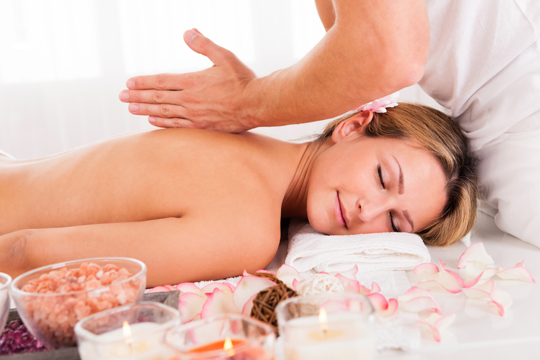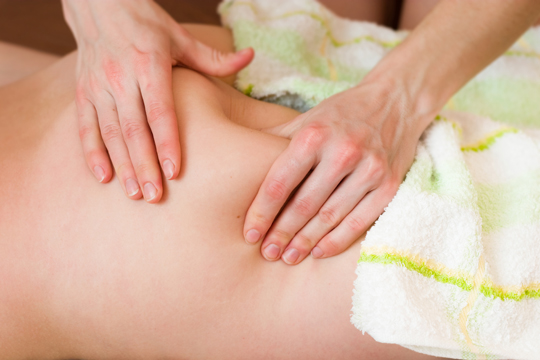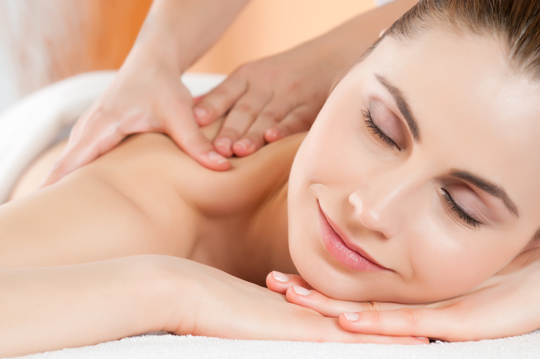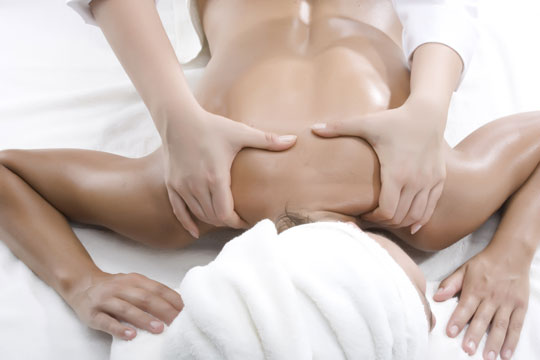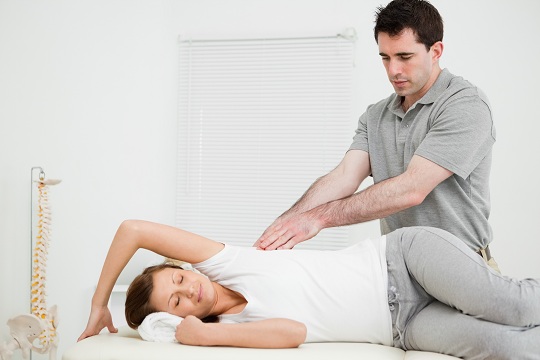Oncology massage, as the name suggests, was primarily developed for cancer patients. Since cancer patients have very specific health needs, the massage therapist needs to know how to safely work with the patient in order to relieve stress. Poorly performed massages can actually be extremely harmful for the cancer patient, so oncology massage sessions must be catered specifically to each patient.
What Is Oncology Massage Therapy?
Oncology massage can relieve pain and stress in cancer patients in a safe manner, without exacerbating their conditions. The most important thing to keep in mind is that cancer patients have high risk for lymphedema, which is essentially a build-up of fluid in the limbs. Improperly massaging cancer patients may rupture these fluid buildups or could even break up cancerous tumors, spreading the cancer further in the body. In fact, many doctors prohibited patients from receiving massages because of these risks until the recent advent of oncology massage.
What Makes Oncology Massage Different?
When a cancer patient is receiving a massage, the patient is usually placed on a warmed massage table and covered with blankets so that they are kept warm. When the therapist works, they only expose the current part of the body they are working on and use an extremely gentle touch. At the first sign of discomfort, the therapist lightens the pressure or moves to another part of the body, ensuring that the patient is comfortable at all times.
The therapist will also avoid any areas that were recently operated on. Furthermore, the therapist usually will use a hypoallergenic cream to lubricate the massage, so that the patient can avoid any sort of skin sensitivity issues.
Why Get An Oncology Massage?
Cancer patients oftentimes will undergo extremely high levels of stress and worry, which only weakens their immune system and body. Massage can help reduce the feelings of isolation and stress, which can bolster the immune system and strengthen the body for chemotherapy. Massage has been clinically shown to have many health benefits, and now cancer patients can enjoy those benefits as well.
Find An Oncology Massage Therapist
If you think oncology massage is right for you or one of your loved ones, then you should first talk with your doctor before scheduling an appointment. If your doctor approves the massage, then you should use TalkLocal to save you both time and money when looking for an oncology massage therapist. You’ll be talking to a high-quality, local oncology massage therapist in no time!

